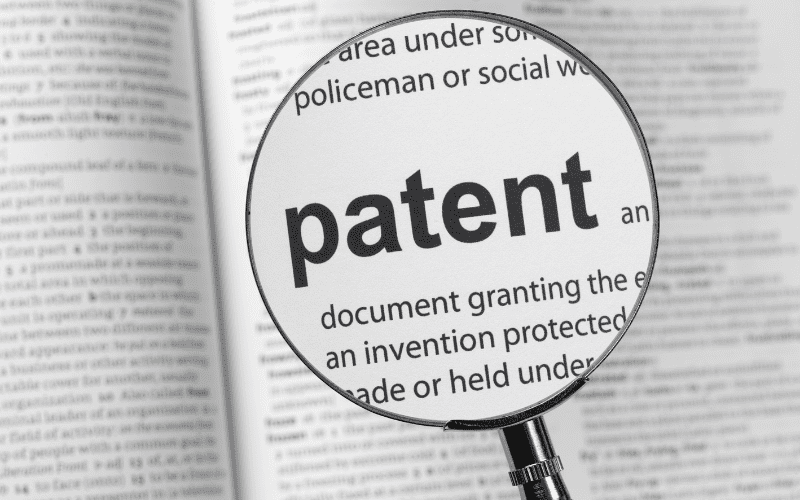An invention becomes patentable when it is novel, has an inventive step or is non-obvious. In order to determine whether a particular invention satisfies these preconditions set forth under the Patents Act 1970, it is imperative that an applicant carries out a thorough patent search. A patent search has been conducted in a database that has information regarding pre-existing patents, both published as well as granted, that form the prior art at a particular time.
Patent Search Techniques
An applicant should be aware of certain primary concepts to carry out an effective patent search. Once an applicant has understood the primary fields which are common to most patent search tools, they can focus on broadening or narrowing the field of search as per their requirements. It is essential that the applicant spends considerable time to gauge the different ways in which the invention can be described, and this will ensure a more comprehensive prior art search. An applicant should not keep the search terms too broad or generic as the same can result in an overwhelmingly large amount of data being produced. It may be helpful to trace certain fundamental aspects such as the methodology of the invention, process or product, purpose, possible keywords and their synonyms or technical terms and components of the invention.
A patent search can be carried out by professionals or by the applicant themselves. Some common search strategies which are used universally include:
1. Number Search
Searching patent literature through patent references or identification numbers gives precise content and narrowed results. An applicant would require either the application number, publication number or patent number to carry out a number search.
2. Keyword Search
The keywords that an applicant uses to describe their invention, its purpose, the end result of the invention etc., can be an easy and effective way to conduct patent searches. An applicant using more number of keywords has a higher probability of carrying out a thorough search as it ensures that even patents drafted in a manner to be obscure are reflected in the search. Keywords can also be broadened by identifying synonyms and generating search strings.
3. Classification Search
This is widely suggested by many patent experts. Classifications for most patent search databases are inventions which are divided, based on similarities, into different classes. In the United States alone, there are over 1,50,000 subclasses. There are different classification systems, and an applicant should familiarize themselves with the way in which these classification systems operate.
4. Date Search
Most databases have the option of allowing an applicant to carry out a patent search based on dates such as application date, publication date, date of grant or priority date.
5. Inventors search
An applicant may even search for inventions or patents which are published or granted based on the names of the applicants, assignees and inventors.
6. Citation Search
Patents which build upon prior art or add additional inventive steps most often cite other patents on which the invention has placed reliance. This is helpful as an applicant can use the patent citations to search patents which are under the same umbrella or classification. Here, both backward and forward citations become essential. Backward citations relate to those patents cited in a particular patent, and forward citations are those patents citing the identified patent.
Alongside the techniques mentioned above, the following are some points to keep in mind while starting a patent search:
i) The applicant should first determine whether they want to search the database containing published patents or granted patents. A published patent is one which may be granted protection in the future, whereas a granted patent is one which has already by afforded protection.
ii) Determine the time period between which the applicant seeks to carry out the search where the broader head will either be the application date, publication date, date of grant or priority date.
iii) Most free search tools will allow applicants to select the logical operators. These are words which connect two terms or expressions and would help identify similar words in the patent titles. There are Boolean operators which are “AND” and “OR” connectors, and adjacent or proximity operators, such as “NEAR”. If an applicant is unaware of how operators are used, the WIPO website provides a guide on using operators at https://www.wipo.int/edocs/mdocs/africa/en/wipo_tiscs_znz_16/wipo_tiscs_znz_16_t_6.pdf with examples of wildcard operators, nesting, phrases, Boolean operators and proximity operators.
iv) An applicant can simultaneously search different fields, such as the abstract, complete specification, application number, publication number, etc., in specific patent search platforms such as INPASS. INPASS is an acronym for the Indian Patent Advanced Search System, which can be accessed at https://ipindiaservices.gov.in/PublicSearch/
Patent Search Tools
An applicant can use a combination of any of the various search techniques mentioned above. Keyword search still remains one of the most effective and efficient searches to produce relevant results. Initially, when starting off with the patent search process, an applicant can use free search tools and freely available databases such as USPTO, Google Patents, Free Patents Online, Espacenet etc. However, paid patent search databases are advanced in terms of automatically identifying synonyms and concepts, making keyword search strings independently, running the searches etc.
Once the applicant has collected considerable relevant patent literature, the management of this information and data can become confusing. Tables, charts, organizers etc., help in keeping a tab on the information generated via the patent searches. It might even be useful to use the cluster technique to cluster documents with the same themes in one group. Some of the paid patent search databases also organize the data into an easily accessible form.
Conclusion
Every database generally has some common elements as described above, which can be used; however, each database also varies in terms of the user interface, specific techniques and operability. Applicants should familiarize themselves with the different databases. Some useful links for understanding the strategies to be used with regard to particular patent search databases are available at:
1. USPTO’s seven-step strategy – https://www.intepat.com/blog/7-step-strategy-us-patent-search/
2. Google Patents – https://www.intepat.com/blog/google-patents-search/
3. The Lens – https://www.intepat.com/blog/patent-search-the-lens/
4. Free Patent Search – Databases https://www.intepat.com/blog/free-patent-search/
5. Indian Patent Search Made Simple – https://www.intepat.com/blog/conduct-indian-patent-search/
6. Patentscope: 5-Step Strategy to Conduct WIPO Patent Search- https://www.intepat.com/blog/wipo-patent-search-patentscope/




